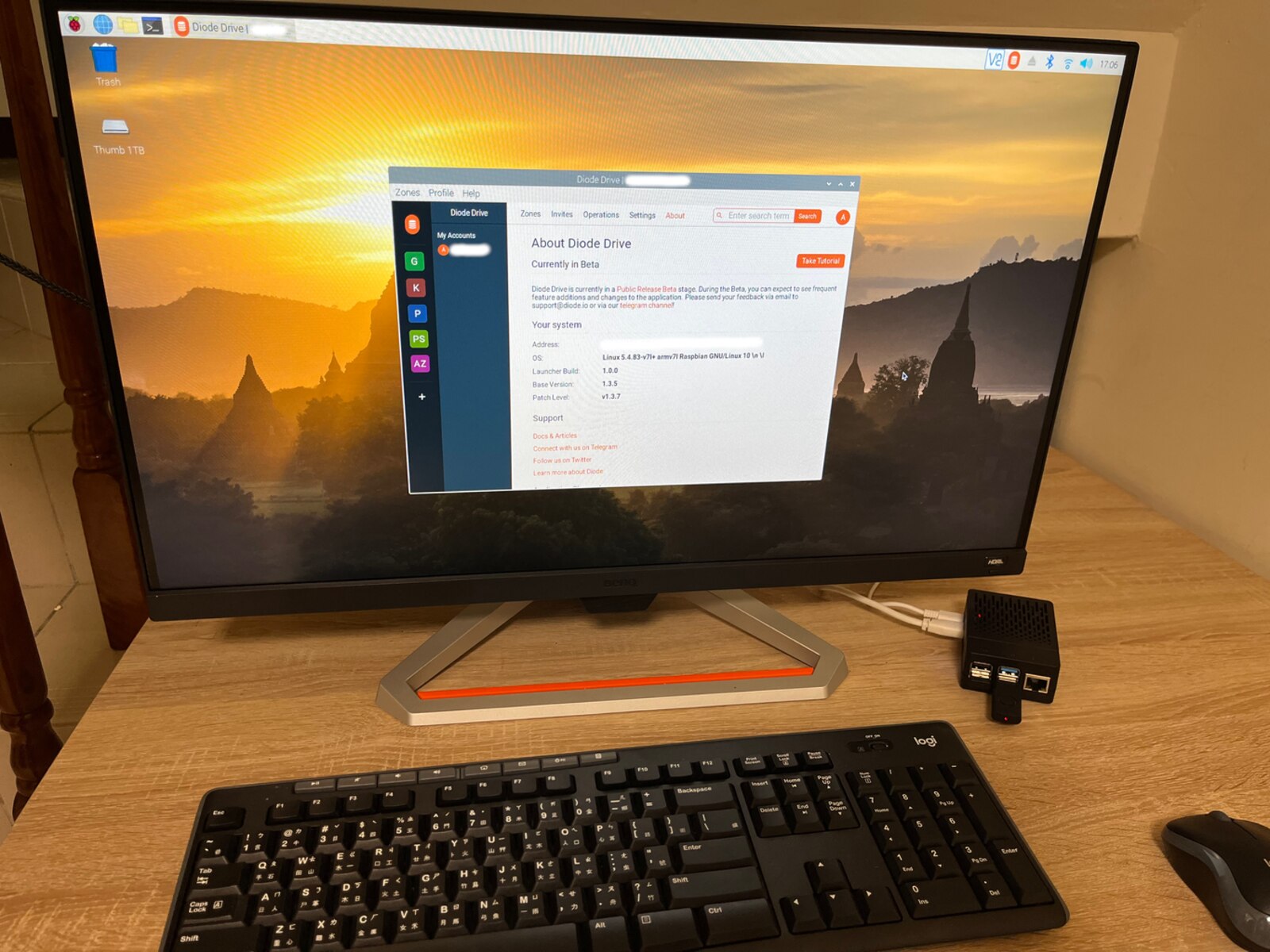Introduction
Knowing the IP address and subnet mask values configured on a workstation is essential for network troubleshooting and configuration. This information is crucial for understanding network connectivity, identifying potential conflicts or misconfigurations, and ensuring proper communication between devices. While there are various ways to retrieve this information, this article will discuss three commonly used methods: using Command Prompt, PowerShell, and the Control Panel.
Each method provides a straightforward approach to obtain the IP address and subnet mask values. Whether you are a beginner or an experienced user, you can easily follow these steps to retrieve the required information. The choice of method may depend on your familiarity with the command line, preference for graphical interfaces, or specific requirements of your operating system.
In the following sections, we will walk you through each method, explaining the steps and commands involved. By the end of this article, you will have a clear understanding of how to display the IP address and subnet mask values configured on your workstation.
Method 1: Using Command Prompt
Using Command Prompt is a quick and efficient way to retrieve the IP address and subnet mask values configured on your workstation. Follow these steps:
- Open the Command Prompt: You can do this by pressing the Windows key + R to open the Run dialog box, typing “cmd”, and pressing Enter.
- Type “ipconfig” and press Enter: This command displays the network configuration information for all active network interfaces on your workstation.
- Locate the IPv4 Address and Subnet Mask: Look for the section labeled “Ethernet adapter” or “Wireless LAN adapter” depending on your connection type. Under this section, you will find the IPv4 Address (the IP address) and Subnet Mask values.
For example, if your IP address is 192.168.0.123 and the subnet mask is 255.255.255.0, it would be displayed as:
IPv4 Address. . . . . . . . . . . : 192.168.0.123 Subnet Mask . . . . . . . . . . . : 255.255.255.0
Make a note of these values as they will be useful for network configuration and troubleshooting.
Using Command Prompt provides a simple and straightforward method to obtain the IP address and subnet mask values. It is especially useful when you need quick access to this information or when your workstation is not running a graphical interface.
Method 2: Using PowerShell
PowerShell is a powerful scripting language and command-line shell that provides additional flexibility and functionality compared to Command Prompt. To retrieve the IP address and subnet mask values using PowerShell, follow these steps:
- Open PowerShell: Press the Windows key + R to open the Run dialog box, type “powershell”, and press Enter.
- Type the following command and press Enter:
Get-NetIPAddress | Select-Object IPAddress, PrefixLength
This command retrieves the IP address and prefix length (which is equivalent to the subnet mask) for all active network interfaces.
The output will display the IP address and subnet mask values in a table format. For example:
IPAddress PrefixLength ------------ ------------ 192.168.0.123 24
In this example, the IP address is 192.168.0.123, and the subnet mask can be determined by converting the prefix length (24) to its corresponding value (255.255.255.0).
Using PowerShell provides flexibility for scripting and automation. It allows you to retrieve and manipulate network configuration information with ease. If you are familiar with PowerShell or require advanced scripting capabilities, this method is highly recommended.
Method 3: Using Control Panel
If you prefer a graphical interface, or if you are using an older version of Windows that does not have PowerShell, you can use the Control Panel to retrieve the IP address and subnet mask values. Follow these steps:
- Open the Control Panel: Press the Windows key + R to open the Run dialog box, type “control”, and press Enter. This will open the Control Panel window.
- Navigate to the Network and Sharing Center: In the Control Panel window, select “Network and Internet” and then click on “Network and Sharing Center.”
- View the network details: Under the “View your active networks” section, click on the name of the active network connection.
- Click on the “Details” button: In the Network Connection Details window, you will find the IP address listed as “IPv4 Address” and the subnet mask listed as “Subnet Mask.”
The network details section will display the IP address and subnet mask values for the selected network connection. Make a note of these values for future reference.
Using the Control Panel provides a user-friendly and visual approach to retrieve network configuration information. This method is suitable for those who prefer a graphical interface and are not familiar with command-line tools.
Conclusion
Displaying the IP address and subnet mask values configured on a workstation is crucial for effective network troubleshooting and configuration. In this article, we discussed three methods to retrieve this information: using Command Prompt, PowerShell, and the Control Panel.
Command Prompt provides a quick and straightforward approach for users familiar with the command-line interface. By typing the “ipconfig” command, you can easily locate the IPv4 Address and Subnet Mask values. This method is especially useful when you need to access this information quickly or when working on a system without a graphical interface.
PowerShell offers more flexibility and functionality compared to Command Prompt. Through the “Get-NetIPAddress” command, you can retrieve the IP address and prefix length, which can be converted into the corresponding subnet mask value. PowerShell is recommended for users who are comfortable with scripting and automation or require advanced network configuration management.
If you prefer a graphical interface, the Control Panel provides an intuitive way to view and access network details. By navigating to the Network and Sharing Center and selecting the active network connection, you can find the IP address and subnet mask values under the Details section. This method is suitable for users who prefer visual interactions and are not familiar with command-line tools.
Regardless of the method you choose, having the IP address and subnet mask values at hand empowers you to troubleshoot network connectivity issues, configure network devices, and ensure smooth communication between devices on your network.
Remember to use the appropriate method based on your familiarity with the tools and your specific requirements. Whether you prefer the command line, PowerShell, or the Control Panel, these methods provide straightforward ways to retrieve the necessary network configuration details.

























